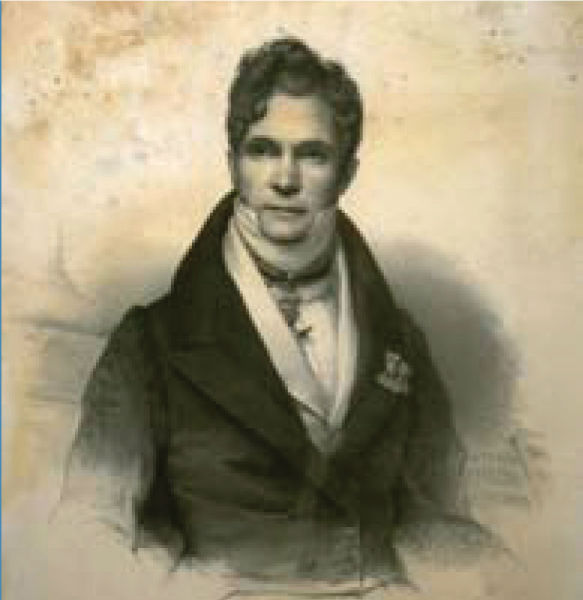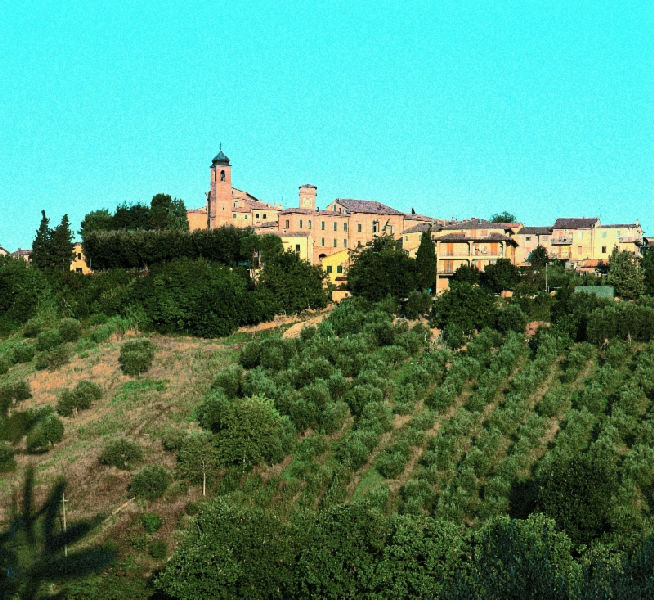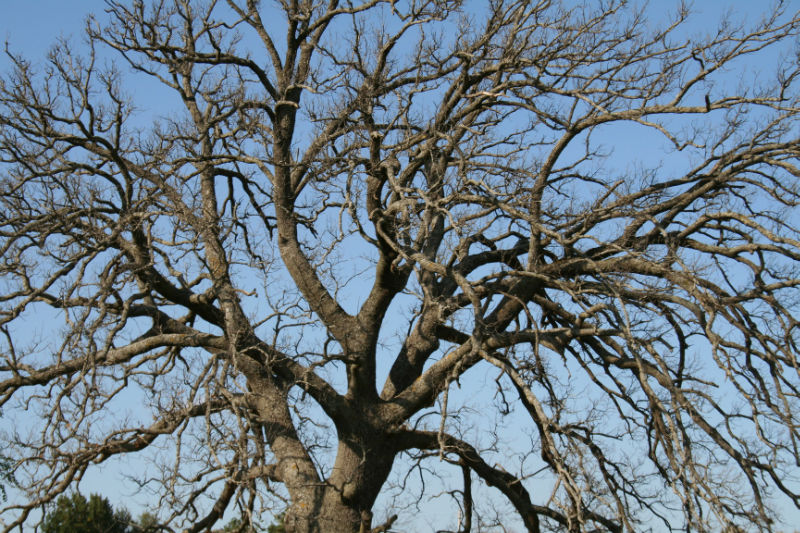
Gaspare Spontini was born on 4th November 1774 in Maiolati. He had three brothers and a sister, all designed for the clergy. He was taught the rudiments of music by the master Quintiliani from Monte San Vito and by other masters of Jesi, among which Don Nicholas Bonanni. He entered the Conservatory of “Pietà dei Turchini” in Naples while in Rome he composed his first important work Li puntigli delle donne (1796).
Some of his works were later represented in Rome, Florence, Naples and Venice.
In 1803 Spontini moved to Paris where he soon became famous.
La finta filosofa , La petite maison and Milton (1804) had great success and the Empress Josephine gave him the title of "Composer of the Chapel of Her Majesty the Empress and Queen "(1805). La Vestale was devoted to the Empress and was strongly appreciated by the Emperor Luigi Bonaparte as well.
Fernando Cortez was represented in 1809 and a year later Spontini became the Director of “Opéra Italien”.
On 3rd August 1811 he married Celeste Erard (1790-1878), his “sweet wife”. She was the daughter of a famous manufacturer of pianos and other musical instruments. They had no children.
His third major work Olympia (December 1819) was later modified and devoted to Frederick William III of Prussia who nominated the musician "First Kapellmeister and General Superintendent of the music of the King." Agnes of Hohenstaufen (1829)was Spontini’s last work which he modified in 1837 and dedicated to his wife Celeste. He came back to Maiolati in September 1850. He was already ill and died on 24th january 1851. He was buried in the church of San Giovanni inside the old people’s home while his wife Celeste was allowed to take his heart with her in Paris.

It’s hard to imagine a better setting in which to enjoy wonderful walks along its beautiful landscapes and the flavours of traditional recipes.
Small castle situated atop a hill rich in vineyards and still strongly tied to the production of Verdicchio wine.
San Paolo of Jesi dominates the right side of Esino Valley, just 12 kilometers from the town of Jesi.
The population is composed of just 930 inhabitants and the village extends 10 square kilometers.
It can be easily reached from the major towns of the valley and of the Adriatic coast. It is 40 kilometers far from Ancona, 25 km from Falconara airport and only 5 km from the highway.
San Paolo derives its name from St. Paul who has been its patron since the Middle Ages .
The original name was "Castrum Montis Sancti Pauli" and referred to a small church dedicated to St. Paul, which may have belonged to the monks.
On 8th February 1863 the specification “of Jesi” has been added to the traditional name in order to distinguish it from other towns having the same name.
Only in 1079 there is the first evidence of primitive "castrum" while the first mention of San Paolo as a castle of the County of Jesi dates back to 1275.
San Paolo was mentioned together with Staffolo on occasion of an adjustment of the borders between the towns of Jesi and Osimo in 1286 and therefore it belonged surely to the County of Jesi. This was later confirmed both in the "Descriptio Marchiae Anconitanae", a collection of contemporary documents, in which San Paolo is one of the "castrates and villas" of the town of Jesi, and in Egidiane Constitutions issued in 1357 by cardinal Albornoz after the recovery of the various communities in the Marches which had rebelled against the Church of Rome.
During the first half of the fifteenth century Jesi was incorporated in the State of the Church and as a consequence San Paolo too recognized the sovereignty of the Pope. The castle of San Paolo belonged to the County of Jesi until 1808. After the descent of Napoleon's troops it became part of the canton of Apiro and later it was annexed to the municipality of Monte Roberto until 1818 when Pope Pius VII gave it independence. However in 1928 the fascist government decided to unite it to Staffolo. Only in 1946 San Paolo gained its autonomy again.
Climb the hill for a look around some remains of the walls of the church Santa Maria d’Arco and the attached Augustian monastery and admire the beautiful decorated in silver and copper gilt chalice, bearing the date 1523 and the name of the church it belonged to.

Distance: km 35
Time advised: 3 hours
Difficulty: difficult
Starting from the parking in front of the cellar Colonnara and following the signs indicating the historic centre, take the road that leads to Staffolo until you reach the junction called Pian della Casa. Then turn to the right for Apiro. Once arrived in Apiro, head to Piani di Apiro; near the pool, follow the road down the hill that borders the pine forest . Continue until you cross the white road; turn right and shortly after, again on the right side of the church, take the white road downhill through the woods (dangerous descent, be careful!).
After a series of ups and downs through woodland, turn left for the tarmac road that leads to the source of Crevalcuore. Follow the tarmac road for about 2 km, turn left at the junction and go uphill on the white road until you reach Valcarecce. Having passed the hamlet, turn right; continue along the white road over a series of ups and downs and at the junction of the hamlet called Ca de Berti, take the road on the left which soon after reaches the Church of Colognola. At the next intersection with a large metal Crucifix, turn right and follow the main road downhill. From the stream Acqualta take the road to Staffolo and proceed downhill to San Paolo. Near the war memorial of San Paolo, take the tarmac road to the source of Barbanera and turn right onto the dirt road leading to the ditch of Follonica. Having crossed the first bridge, turn right for the second bridge where the steep path climbs up to San Michele.
Having passed the Church of San Michele, take the white road on the left following the sign indicating Contrada Colonnara. After about 600 metres, turn right at the junction and start climbing calmly because there is a difference in height of about 200 metres with a sixteen per cent gradient.
At the end of the climb marked by the “Stop”,follow the signs indicating “Conad” and you easily reach the point of departure.














